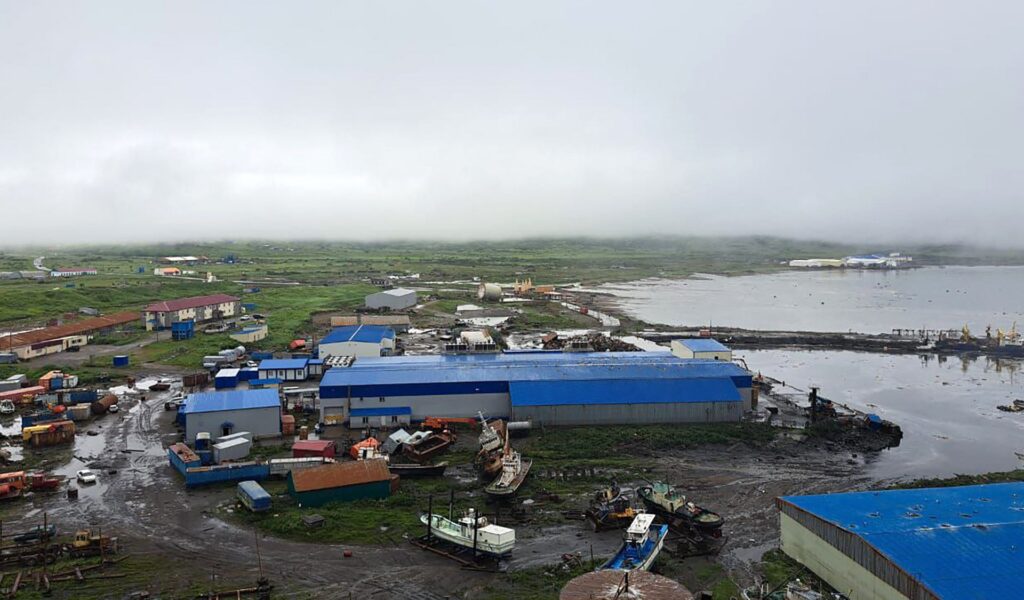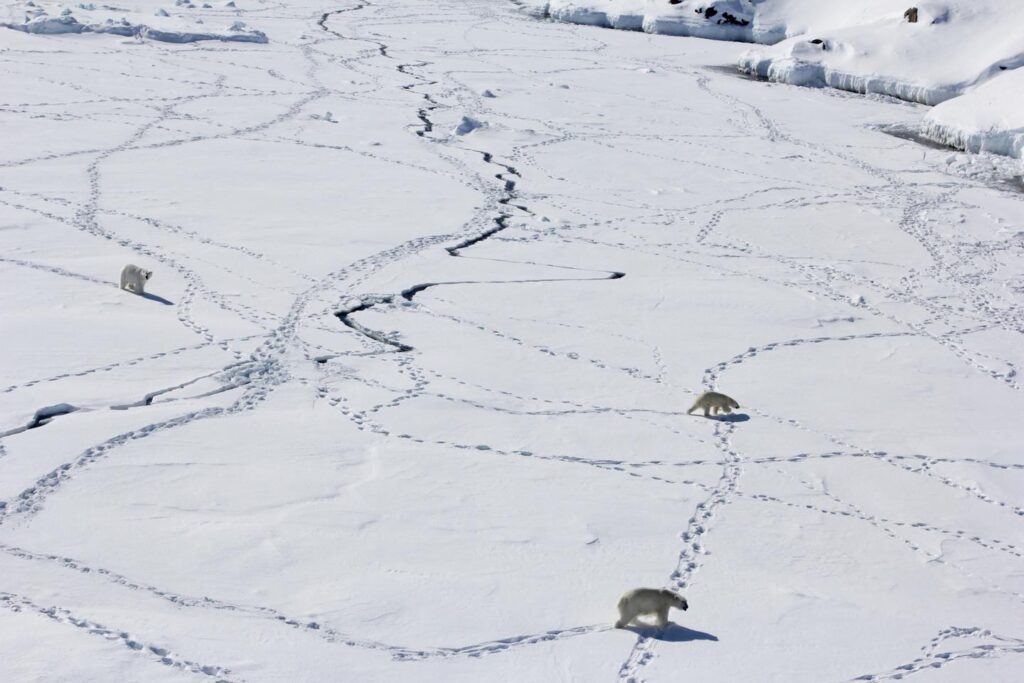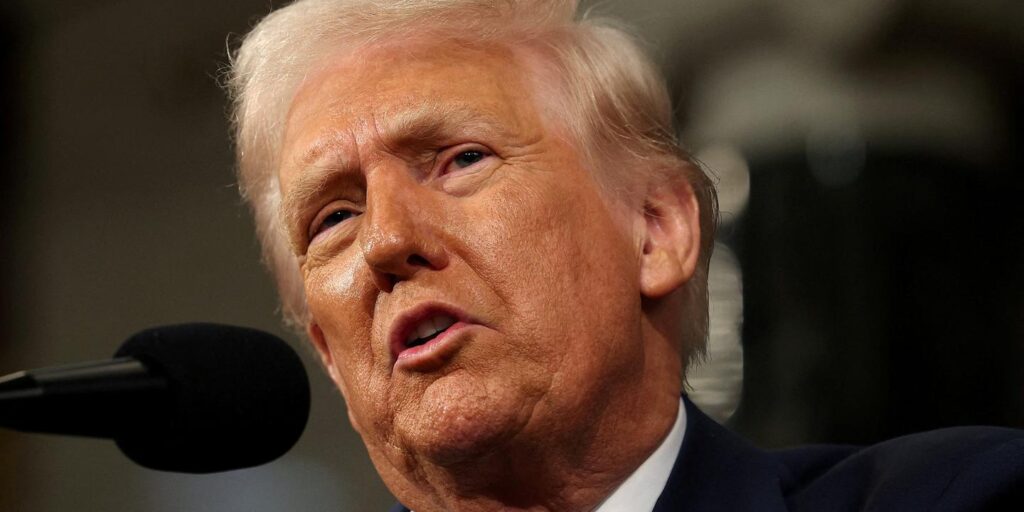Tsunami warnings and advisories have been issued for several countries with Pacific coastlines, including Japan, after a massive earthquake off Russia’s Far East coast.
Waves generated by the powerful magnitude 8.8 earthquake in Kamchatka Peninsula struck parts of Russia, Japan and Hawaii on Wednesday. The earthquake and the subsequent tsunami warning have triggered evacuations across the Pacific, with Japan asking nearly two million people to evacuate.
Tsunami warnings were also issued for Taiwan, the Philippines and Alaska’s Aleutian Islands, with advisories issued for much of the US West Coast.
So, how strong was the quake and how many countries have been hit by tsunami waves?
Which countries in the Pacific were hit by tsunami waves? What’s the latest update?
Tsunami waves struck parts of Kamchatka, partially flooding the port and a fish processing plant in the town of Severo-Kurilsk and sweeping vessels from their moorings, regional officials and Russia’s emergency ministry said. A tsunami height of 3-4 metres (10 to 13 feet) was recorded in Kamchatka.
The Russian Pacific town of Severo-Kurilsk was hit by waves at least 3 metres (9.8ft) high, and the most powerful was as big as 5 metres (16.4ft), Russia’s Ria Novosti news agency reported, citing emergency services.
The seaport town in the Sakhalin region was flooded, forcing the evacuation of its 2,000 residents, Russia’s Ministry of Emergencies and Disaster Relief said.
“A state of emergency is in effect in Petropavlovsk-Kamchatskiy …,” Mayor Yevgeny Belyaev said in a social media post. Petropavlovsk-Kamchatsky, home to some 165,000 people, is the administrative centre of the Kamchatka Peninsula.
Japan, which was affected by a devastating 2011 tsunami, has been hit by four to five rounds of waves. The Japan Meteorological Agency warned tsunami waves showed no signs of receding. The height of waves continues to grow, from 20cm (0.6ft) earlier today to 1.3 metres (4.2ft) in the northeast of the country, it said.
Tsunami alarms sounded in coastal towns across Japan’s Pacific coast and evacuation orders were issued for tens of thousands of people. Workers evacuated the stricken Fukushima nuclear plant, where a meltdown following the 2011 tsunami caused a radioactive disaster, operator TEPCO said.
Footage on public broadcaster NHK showed scores of people on the northern island of Hokkaido on the roof of a building, sheltering under tents from the beating sun, as fishing boats left harbours to avoid potential damage from incoming waves.
Shortly after 07:30 GMT, the Pacific Tsunami Warning Center said waves of up to 1.7 metres (5.5ft) were affecting the Hawaiian islands. Hawaii Governor Josh Green said data from Midway Atoll, between Japan and Hawaii, measured waves from peak to trough of 6 feet (1.8 metres). Governor Green had earlier said all flights in and out of Maui had been cancelled.
The first tsunami waves were detected in Monterey, California at 12:48am local time (05:48 GMT), according to data from the National Oceanic and Atmospheric Association.
Elsewhere, the US Tsunami Warning Centres said waves as high as 3 metres (9.8ft) could hit Ecuador, while waves of 1 to 3 metres (3.3-9.8ft) were possible in Chile, Peru, Costa Rica, Japan and some Pacific islands.

How do quakes generate tsunami waves?
Chris Elders, a structural geology expert at Curtin University in Australia, told Al Jazeera that Wednesday’s earthquake occurred in the Pacific Ring of Fire, an “area of significant volcanic activity and also earthquake activity”.
“In this particular part of the Pacific Ocean, the Pacific Ocean is moving down underneath the eastern side of Russia … and it’s that movement of the tectonic plates that produces these very large earthquakes,” Elders said.
“The earthquake causes the seabed to lift up a little bit, and that displaces the water sideways, producing the tsunami wave, and it’ll spread away from the epicentre,” he said.

Where have tsunami alerts/advisories been issued?
Tsunami warnings or advisories have been issued for:
- Russia
- Australia
- Japan
- Taiwan
- The Philippines
- China
- Hawaii
- Guam
- Tonga
- California
- Down
- Oregon
- Washington
- British Columbia
- Mexico
- Peru
- Ecuador
The difference between “warnings” and “advisories” lies mainly in the expected severity of the tsunami.
- Warning: a tsunami with the potential to cause widespread flooding, damage and danger to life. These may require evacuation orders and other demanding safety checks.
- Advisory: a tsunami capable of producing strong currents or dangerous waves is expected, but not large enough to cause significant damage. Some safety checks are advised.
Helen Janiszewski, assistant professor in geophysics and tectonics division at the University of Hawaii, told BBC News that, “a good rule of thumb for tsunami waves is that they travel at about the speed of a jet plane”.
She said that the time it takes to travel by plane from one place to another is roughly how long it takes for waves to travel from the quake epicentre to hit elsewhere. Different areas under tsunami warnings and advisories will be taking these time frames into account.
Which countries in the region are not affected?
New Zealand’s disaster management agency warned that the country’s coastal areas could expect “strong and unusual currents and unpredictable surges at the shore”.
In a national advisory alert, Civil Defence New Zealand said there was no immediate need to evacuate but said citizens should stay away from beaches and shore areas.
And while Australia has been added to the advisory list by the Pacific Tsunami Warning Center, the country’s Bureau of Meteorology said there was no threat to the Australian mainland, islands or territories as a result of the earthquake.
What to do under a tsunami warning?
In a tsunami warning, authorities agree that it is important to act immediately. While guidance varies by country and according to the severity of the incident, it is generally good practice to move inland or to higher ground.
It is also important to avoid beaches, harbours and coastal roads. If people find themselves on a boat, it’s crucial to follow official maritime guidance, as it can sometimes be safer to stay at sea. Listening to local authorities via radio, phone alerts or sirens is key.
Low-lying areas should be avoided until officials declare them safe; multiple waves can occur hours apart. People who feel a strong earthquake and are near the coast should evacuate immediately.
If possible, it’s important to help others, especially the elderly, children and people with disabilities. Guidance states to stay away from rivers and estuaries, as tsunamis can travel upstream. Finally, it’s good to remain calm and to prioritise safety over material possessions.
When and where did the quake strike?
The earthquake, which struck at 8:25am Japan time (11:25 GMT), was the strongest in the Russian region since 1952, according to the Russian Academy of Sciences, and struck at a depth of 19.3km (12 miles). The shallow earthquake damaged buildings and injured several people in the remote Russian region.
At a magnitude of 8.8, it is believed to be the sixth strongest earthquake in history. A 2010 earthquake in Chile, the last quake recorded at 8.8, killed 523 people and destroyed more than 370,000 homes.
The quake was centred 119 km (74 miles) east-southeast of Petropavlovsk-Kamchatsky.
A resident in the city of Petropavlovsk-Kamchatsky told Reuters news agency that the earthquake rumbled for several minutes. “I decided to leave the building,” said Yaroslav, 25. “It felt like the walls could collapse any moment. The shaking lasted continuously for at least three minutes,” he was quoted as saying.


